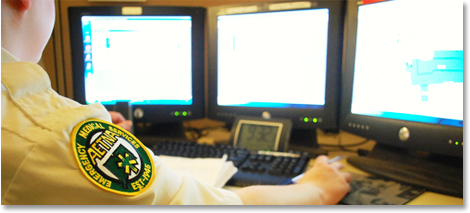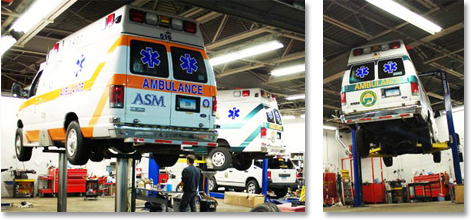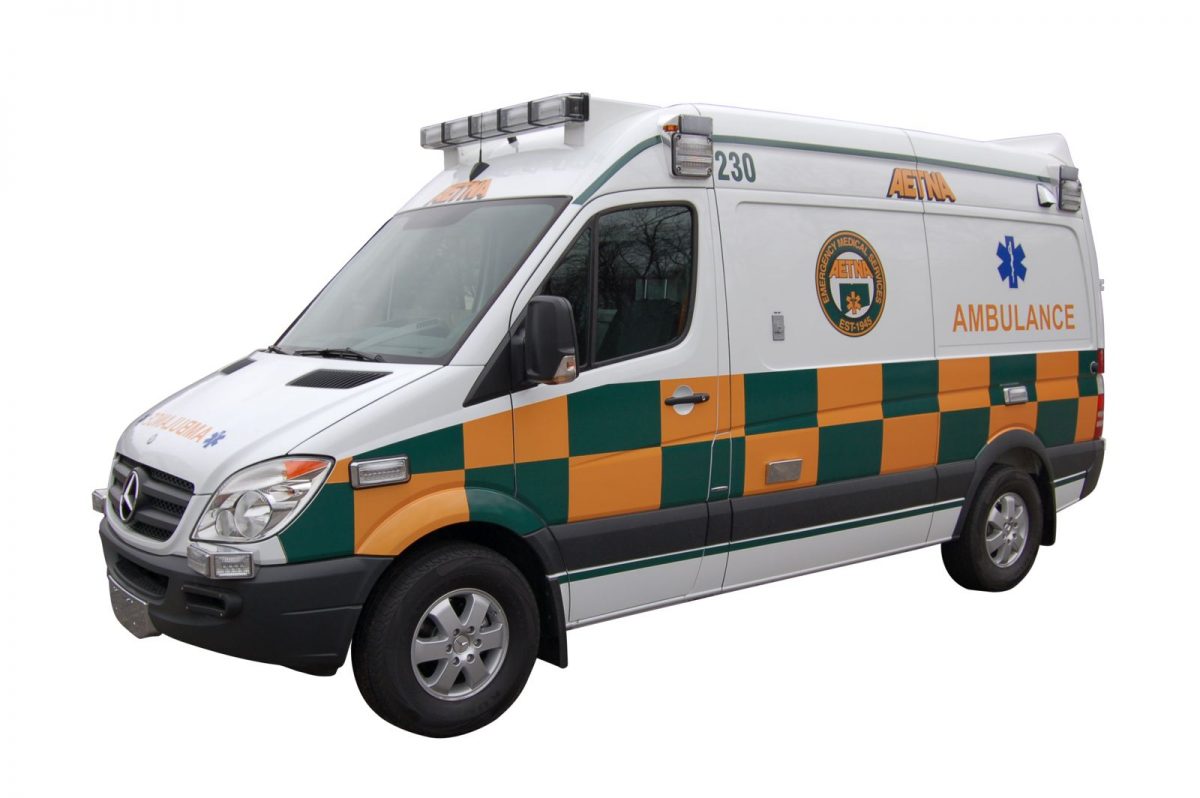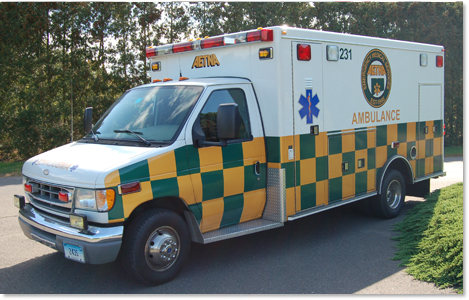Aetna Ambulance Service, Inc. operates the following equipment:

Encrypted and trunked radio hardware and software from Marcus Communications as well as Global Positioning System software in all ambulances and wheelchair coaches.

The RescueNet state-of-the-art Computer Aided Dispatch (CAD) and Booking/Billing system with total patient recall and Global Positioning System GPS. Cross-trained dispatchers staff a 24-hour center with experienced intake specialists for each department.

Full service fleet maintenance department, staffed by ASE Certified fleet mechanics.

A.E.V. ‘Trauma Hawk’ Mercedes Sprinters. All are diesel, transport-capable ambulances.

We provide compassionate and dignified transport of patients requiring bariatric services. Our Type III ambulance and purpose-built pneumatic stretcher is capable of transporting patients up to 800 pounds. Our companies operate two bariatric units in order to better serve our patients and clients. The system is all pneumatic and does not employ wires, winches or tracks.

State-of-the-art 40-seat Training and Conference Room with integrated audio-visual technology and full complement of EMS training equipment and supplies.

Physio-Control LifePak-15 Cardiac Monitor/Defribillators equipped with: 12-lead EKG with transmission, end-tidal CO2 monitoring, pulse oximetry, non-invasive blood pressure, and trans-cutaneous pacemaker
“ASM/Aetna are doing a fantastic job and we could not ask for more – the ECGs you are transmitting are right on the money (STEMIs or close). We use ASM/Aetna – as a gold standard, and want us (ASM/Aetna/ED/Card Team) to be the one to follow by others.
The times and outcomes on STEMI pts with the pre hosp ECG are beyond belief (no in-hospital deaths), door-to-balloon time averaging 49 minutes and EMS to Balloon Time 79 minutes, including off-hour presentations (50% of all cases). The off hours are the most difficult and these could have potentially missed the 90 min D2B mark: so far no misses for D2B, and not to forget, the last STEMI your team brought in – D2B of 26 minutes.”
–Marcin Dada, MD, Associate Director of Chest Pain Center, Cardiology Administration, referencing field transmission of ST-elevation myocardial infarcts.

“Vehicle Conspicuity” refers to the degree to which an emergency vehicle can be easily seen and recognized by the human eye, in direct and peripheral vision. Cutting edge research in the emergency response industry recommends several changes to emergency vehicle design: (1) the use of large contrasting blocks of color; (2) the use of highly reflective materials; (3) outlining the vehicle in retro-reflective material; and (4) the application of large chevrons of alternating, contrasting colors to the rear of the vehicle.
Aetna was the first in the state of Connecticut to use the large, contrasting blocks of color known as “Battenburg” design which are in use across Europe. For example, the world’s largest EMS agency, London Ambulance Service, converted their entire fleet to this design in 2004. They achieved a vast improvement in crew safety through a decrease in emergency vehicle accidents. This decrease was found while the vehicle was traveling or stationary (parked on the scene of EMS calls).
